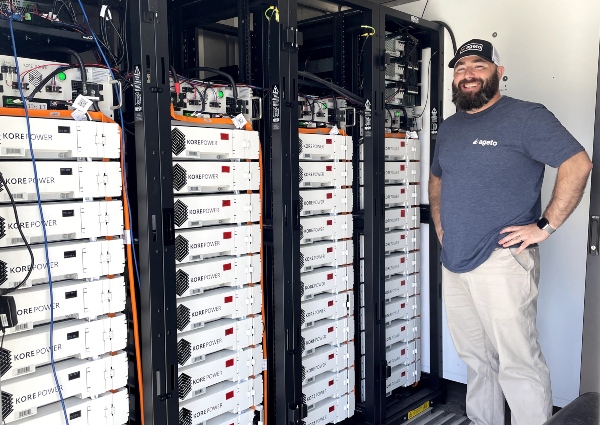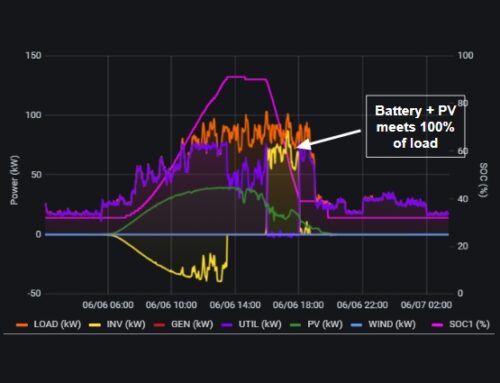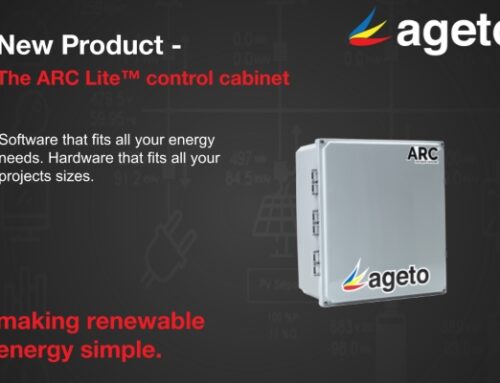What is Title 24?
The California Energy Code, more familiar in the industry as “Title 24”, is a code of regulations created in 1978 to reduce California’s energy consumption. Title 24 includes standards that apply to all buildings in California.
How has Title 24 changed?
If you are a builder in California looking to take on new construction projects, you are probably familiar with the 2022 update to California’s Building Energy Efficiency Standards. Going into effect in January 2023, this new legislation mandates minimum amounts of solar photovoltaic (PV) and energy storage systems (ESS) for all new commercial builds (with some exceptions).
The California Energy Commission (CEC) lists what buildings are affected and provides helpful equations to determine the minimum sizes required. Sizing is based on factors such as climate zone and square footage of conditioned floor space. For example, a medium-sized grocery store in Los Angeles County would be required to have a minimum of 6.8 kW of solar and 26.2 kW of energy storage.
Are there functionality requirements for compliant energy storage systems?
There are several fairly basic requirements for energy storage systems to be Title 24 compliant. Safety and performance requirements include compliance with common safety standards and minimum charge/discharge efficiencies.
There are also minimum functionality and control requirements geared toward how the energy storage system is intended to operate. For example, the ESS must have the ability to program the charge and discharge schedule remotely. The ESS must also be capable of responding to demand response signals from a local utility or a third-party aggregator.
While grid-tied (not in backup mode), one of the following control strategies must be selected:
- Basic Control: The ESS charges from PV only and discharges when the PV production is less than the load. This method is often called Renewable Energy Self Consumption.
- Time-of-Use (TOU) Control: The ESS charges from PV and discharges during the highest priced TOU hours. The ESS must be capable of programming three separate seasonal TOU schedules.
- Advanced Demand Response Control: The ESS operates typically under the Basic Control scheme, but can be called upon to charge or discharge. These demand response signals will come from the local utility or a third-party aggregator.
- Alternative Control Approved by the Executive Director: A control strategy that demonstrates equal or greater benefits to the above options.
Can you use your Title 24 Energy Storage for backup power and resiliency?
Energy Storage Systems are permitted to be used for backup power per Title 24. The CEC specifies that the ESS must adhere to the control strategies listed above, “except during a power interruption, when it may switch to backup mode”.
There are some functional requirements not specified by Title 24 that the ESS must meet to provide backup power. For example, the energy storage inverter will need to have grid-forming capability. The system will need a microgrid control system to coordinate the load, solar, storage, and utility connection. For commercial installs, a protective relay is likely needed at the point of connection with the utility to protect both the wider utility grid and the local assets.
How much backup power can I get?
The size requirements put forward in Title 24 are likely to be relatively minimal compared to the overall load of the new facility. That still leaves a few potential options to leverage the battery.
One option to provide backup power for Title 24 compliance is to design around a larger PV and ESS than required. A larger system presents the option for seamless full-facility backup. This provides many benefits for the end customer, but may be more upfront capital. With the funding options provided by the ITC, Microgrid Incentive Program (MIP), and other avenues, this may still be a great option and a unique selling point to the end customer.
As an alternative lower upfront cost option, stick with a smaller system to provide only partial facility backup. There are a couple of ways to provide partial backup, such as opting for a priority load panel. This allows for certain non-priority loads to be immediately dropped during an outage. Ageto’s Load Control Center (LCC), however, provides much flexibility in which loads are backed up and when. The LCC provides advanced load management capabilities that allow the end customer to select their priority loads while avoiding overloading the power capacity of the energy storage.
Conclusion
Value-stacking energy storage allows builders to provide unique and competitive offerings to their customers.
Connect with Ageto to learn how you can upgrade your Title 24 required PV and ESS to a resilient microgrid.





